Ever feel like your week slips away from you, with deadlines creeping up and tasks piling up? Weekly planning serves as a powerful tool for taking control of your schedule and boosting your productivity. It’s not just about jotting down what you need to do; it’s about strategically mapping out your week to maximize efficiency and keep stress at bay. In this post, we’ll explore how weekly planning can transform your productivity game, giving you the tools and insights to make every week count. Ready to level up your planning skills and seize your week? Let’s dive in!
Understanding Weekly Planning
So, what exactly is weekly planning? At its core, weekly planning is about setting aside time to outline your week ahead, organizing tasks, priorities, and goals. It’s more than just a to-do list; it’s a strategic approach to managing your time effectively. By aligning your weekly plan with productivity psychology, you can harness the power of structured planning to reduce stress and enhance focus. The idea is to break down your goals into manageable chunks and allocate your time in a way that balances work, personal life, and rest. Think of it as your blueprint for a successful week!
Transformative Benefits of Weekly Planning
Weekly planning isn’t just a nice-to-have; it’s a game-changer. Here’s how it can revolutionize your week:
- Enhanced Productivity: By planning your week, you can prioritize tasks and allocate time more effectively, leading to better focus and increased output.
- Reduced Stress: Knowing what’s on your plate and having a plan to tackle it can alleviate the anxiety of last-minute scrambles and missed deadlines.
- Better Time Management: Weekly planning helps you allocate time for both work and leisure, ensuring you don’t overcommit or overlook important activities.
- Improved Goal Achievement: With a clear plan, you can break down your long-term goals into actionable weekly steps, making progress more achievable.
- Greater Work-Life Balance: Scheduling time for personal activities and downtime helps maintain a healthier work-life balance, preventing burnout.

Steps to Implement a Weekly Planning System
Ready to get started? Here’s how to implement an effective weekly planning system:
- Choose Your Planning Time: Pick a consistent time each week to plan, such as Sunday evening or Monday morning. This helps you start the week with a clear roadmap.
- Review Your Goals: Start by reviewing your long-term goals and any upcoming deadlines. This will guide what needs to be prioritized in the week ahead.
- List Your Tasks: Write down all the tasks you need to accomplish for the week. Include both work-related tasks and personal commitments.
- Prioritize: Determine which tasks are most important and time-sensitive. Use techniques like the Eisenhower Matrix to categorize them into urgent vs. important.
- Allocate Time: Block out time for each task in your calendar. Be realistic about how long each task will take and build in buffer time for unexpected events.
- Review and Adjust: At the end of the week, review what you’ve accomplished and adjust your plan as needed for the following week. Celebrate your wins and learn from any hiccups.
Top Tools to Optimize Your Weekly Organization
When it comes to effective weekly planning, having the right tools can make all the difference. Here are some of the best options to consider:
- Digital Calendars and Apps: Tools like Google Calendar, Microsoft Outlook, and Todoist are great for setting reminders, scheduling tasks, and tracking deadlines. They sync across devices and help keep everything organized in one place.
- Task Management Software: Apps such as Asana, Trello, and Notion offer robust features for managing tasks, setting priorities, and collaborating with others. They can help you break down projects into manageable chunks and track progress.
- Analog Planners: Here’s where I get personal—analog planners (yes, those classic paper ones!) are my absolute favorite. There’s something incredibly satisfying about writing down your plans and goals with a pen. Paper planners help you disconnect from screens, provide a tangible way to track your progress, and can surprisingly enhance focus and mindfulness. Plus, flipping through the pages of a well-used planner is a fantastic way to see just how much you’ve accomplished!
If you’re interested in giving an analog planner a try, you might love the feel of a beautifully designed weekly planner. For a head start, you can download free weekly planner templates from this website to see which design suits your style and needs best. Feel free to create your own planner and see how hands-on planning can improve your productivity. - Bullet Journals: For those who love a creative touch, bullet journals offer endless customization. You can design your own layouts, create trackers, and add personal touches to your weekly planning. It’s a practical method to keep track of your goals and stay organized.
- Sticky Notes and Whiteboards: For a visual approach, sticky notes and whiteboards can be fantastic. Use them to jot down important tasks, create visual reminders, and keep your priorities front and center.

Personalizing Your Weekly Planning Approach
Everyone’s schedule and needs are unique, so personalize your weekly planning to fit your style:
- Know Your Peak Times: Schedule your most important tasks during times when you’re naturally more productive.
- Adapt to Your Workflow: If you prefer a visual layout, use a planner with a layout that works best for you. If you like digital tools, find an app that suits your workflow.
- Incorporate Flexibility: Life can be unpredictable, so build in some flexibility to your plan. Leave room for adjustments and unexpected changes.
- Include Personal Goals: Don’t forget to add personal goals and self-care activities. A balanced approach ensures you stay motivated and avoid burnout.
Conclusion
Weekly planning can truly transform your productivity and overall well-being. By taking the time to map out your week, you’ll find yourself more organized, less stressed, and ready to tackle your goals head-on. Give it a try and see how it can make your weeks more productive and balanced.
For more tips and tools to elevate your planning game, check out all my free planner printables available on this website!

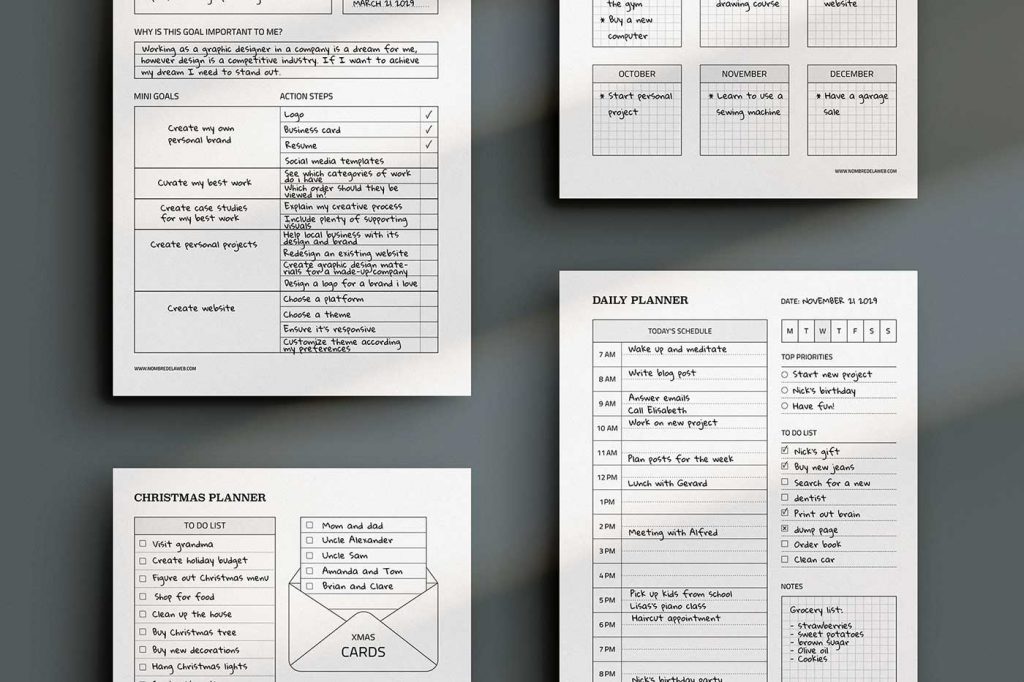
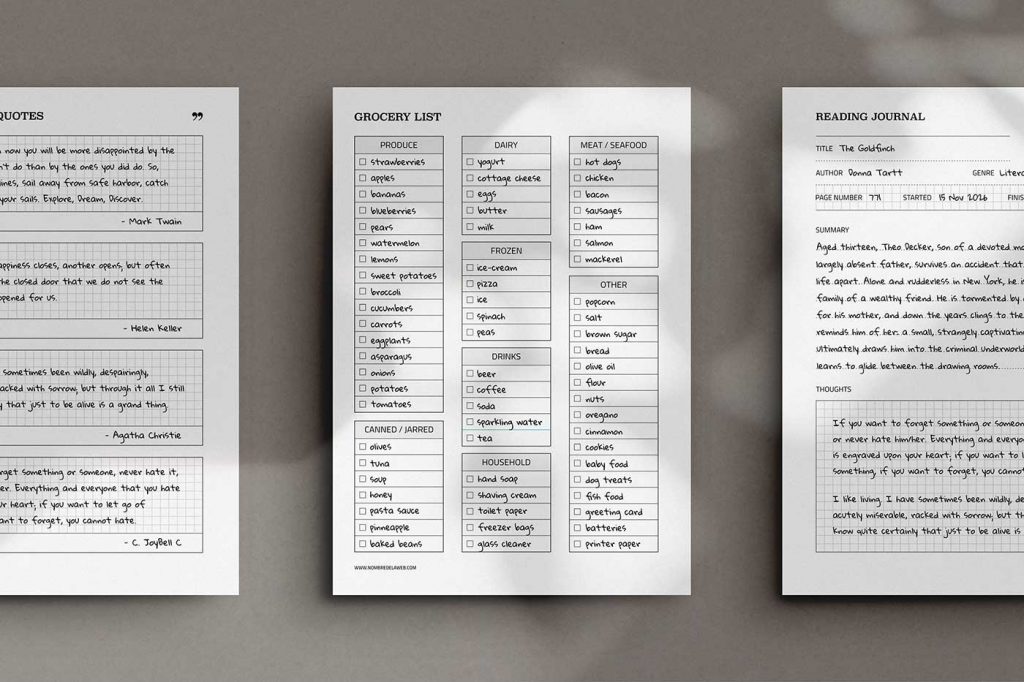
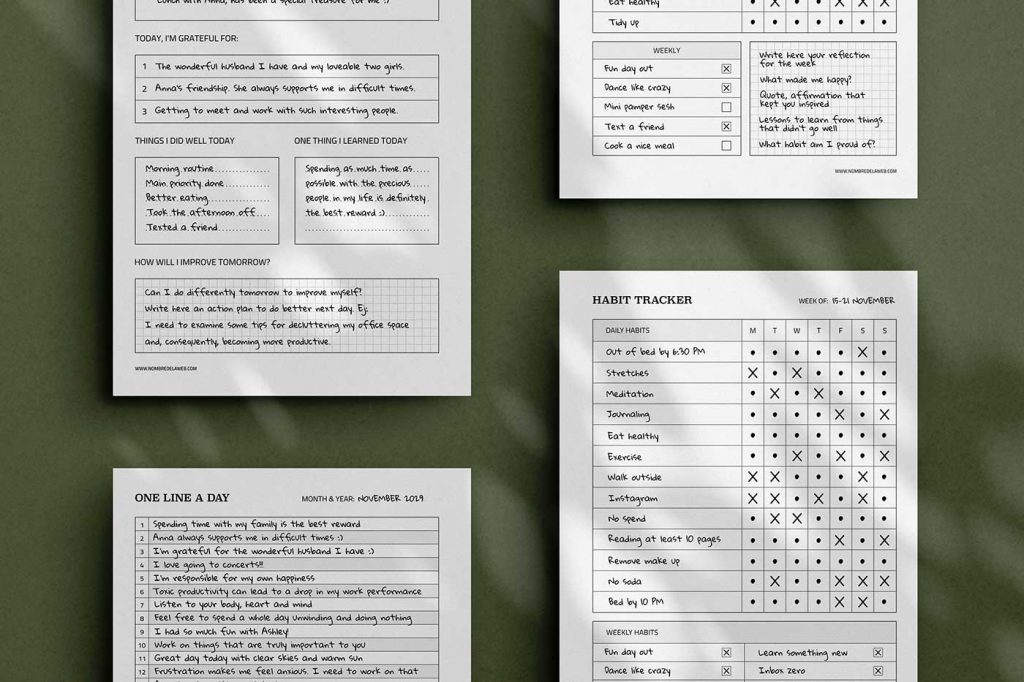
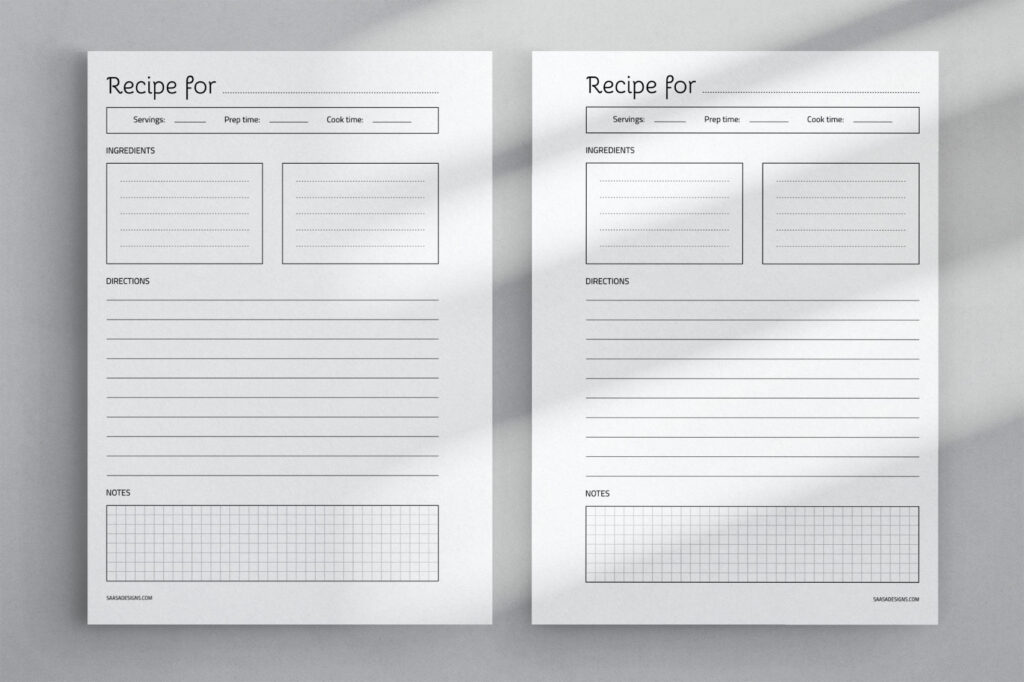
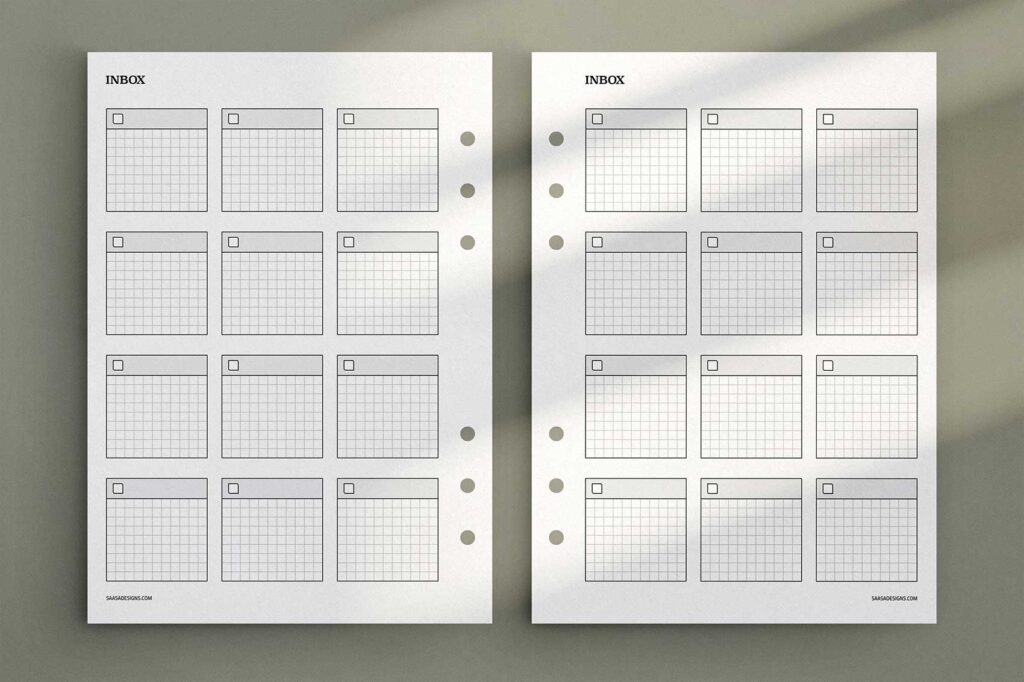
Leave a Reply